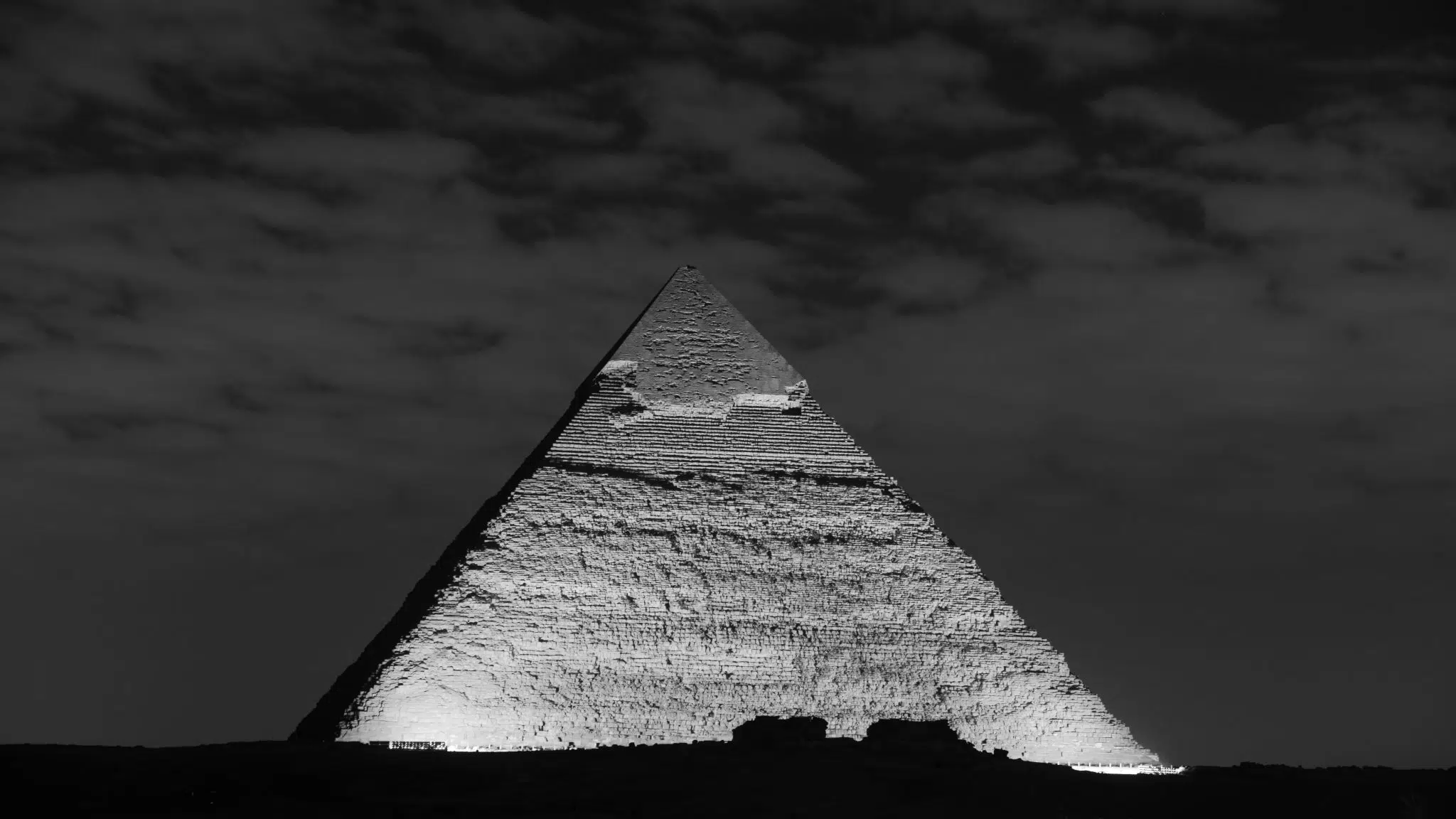
Some mysteries are likely never to be solved, indeed some are not meant to be. One of the most ‘popular’ mysteries known to us comes in the form of a coincidence, pertaining to the latitude of the ancient Egyptian Great Pyramid of Giza and its exact match with the speed of light.
The speed of light is 299,792,458 meters per second, and the latitude of the Great Pyramid of Giza is 29.9792458°N, but is this just a coincidence? An accident of history?
The first thing to state is that there are many other places on the globe that fall into the same latitude as the figure of the speed of light, so it may be a bit premature to conclude that the Pyramid of Giza has any special claim to this number.
Especially as the ancient Egyptians – even if they had worked out the speed of light thousands of years before its measurement by Danish astronomer Ole Roemer in 1676 – did not work in meters, primarily because meters were not defined until 1791.
As Snopes points out, ancient Egyptians used cubits, with the speed of light being around 571,033,253 cubits per second. So it seems that this ‘mystery’ is in fact just a coincidence unless it can reasonably be believed that the ancient Egyptians were working in meters and knew what the speed of light was thousands of years before it was discovered – which it can’t.
How were the Ancient Egyptian Pyramids Built?
Other ‘mysteries’ surround the ancient Egyptians, such as how the pyramids were built, with some people positing that – given the momentous effort it must have taken to build them – there must have been an intervention by aliens. Many other hypotheses have been thrown around.
What we do know is that the construction techniques used to build these great structures developed over time, with later pyramids being built in a different way from the earlier ones.
Most of the construction hypotheses are based on the belief that huge stones were carved from quarries with copper chisels, and these blocks were then dragged and lifted into position. Disagreements chiefly concern the methods used to move and place the stones.
In addition to the many unresolved arguments about the construction techniques, there have been disagreements as to the kind of workforce used. The Greeks, many years after the event, believed that the pyramids were built by slave labor.
Archaeologists now believe that the Great Pyramid of Giza was built by tens of thousands of skilled workers who camped near the pyramids and worked for a salary or as a form of tax payment (levy) until the construction was completed, pointing to workers’ cemeteries discovered in 1990.
For the Middle Kingdom pyramid of Amenemhat II, there is evidence from the annal stone of the king that foreigners from Canaan were employed.
See all the latest news from Greece and the world at Greekreporter.com. Contact our newsroom to report an update or send your story, photos and videos. Follow GR on Google News and subscribe here to our daily email!



